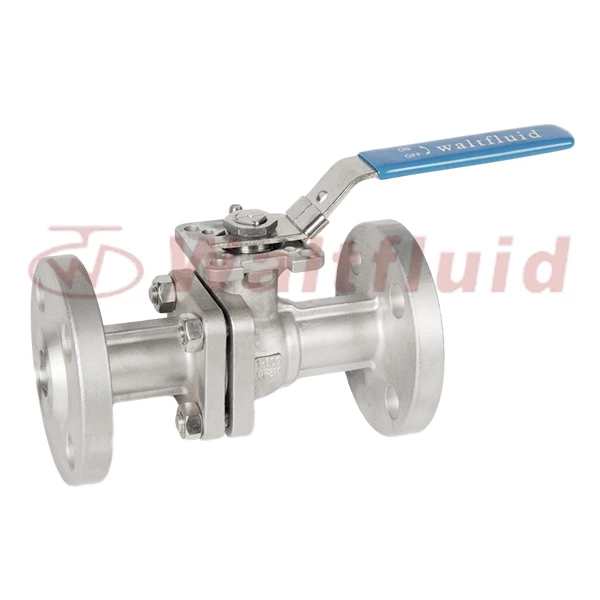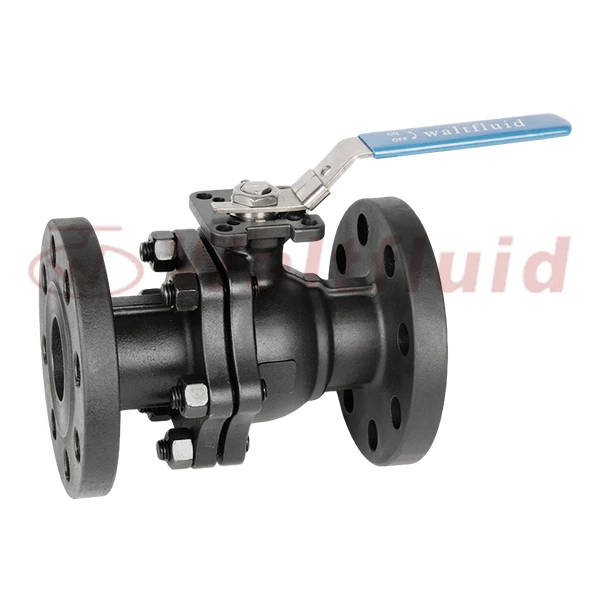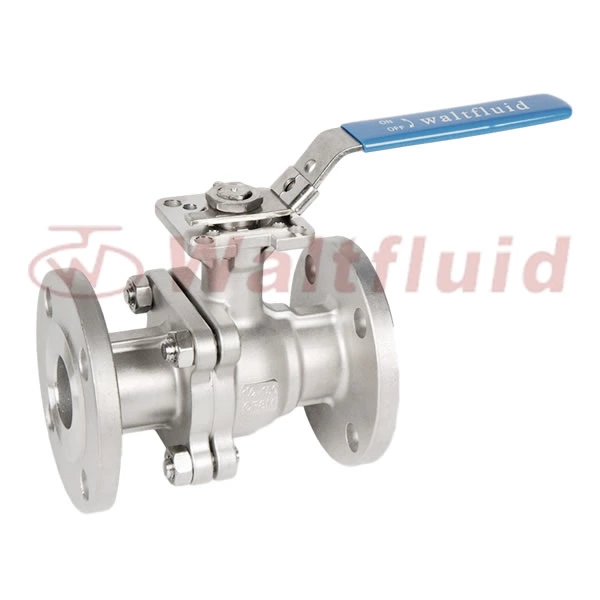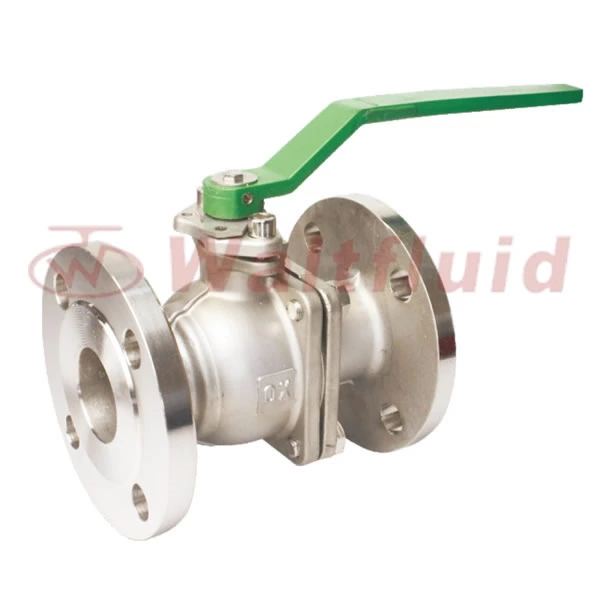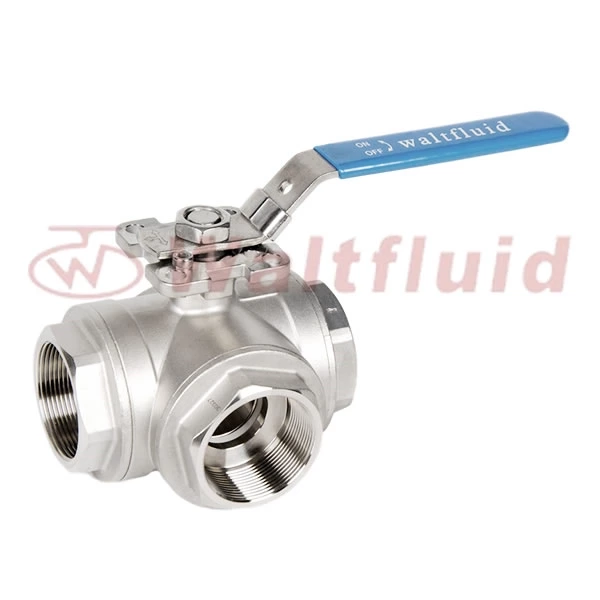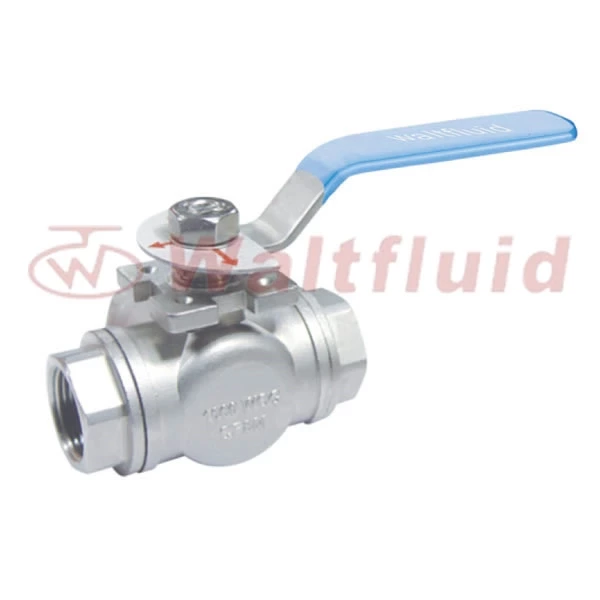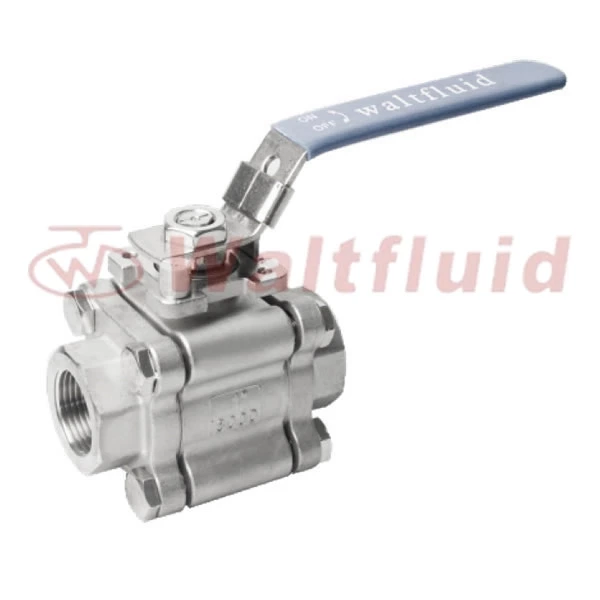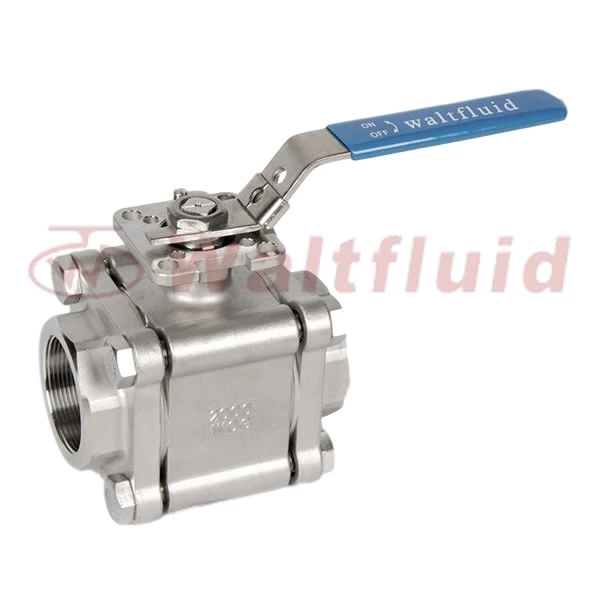How To Properly Install And Debug Stainless Steel Ball Valves To Extend Their Service Life
Correct installation and commissioning of 3 Piece Threaded Ball Valve is essential to extend its service life and ensure stable operation of the fluid control system. Here are some key steps and precautions to help you complete this process efficiently and safely.
Preparation
Check the valve: Before installation, carefully check whether the model and specifications of the stainless steel ball valve are consistent with the design requirements, confirm that the valve and its accessories are intact, and the sealing surface is clean and free of foreign matter.
Clean the pipeline: Make sure that the pipeline has been thoroughly cleaned before installation, and remove impurities such as welding slag, sand and gravel to prevent clogging or damage to the valve after installation.
Installation steps
Alignment mark: For ball valves that require a specific flow direction, make sure that the flow direction arrow on the valve is consistent with the flow direction of the fluid.
Correct connection: According to the connection method of the valve and pipeline (flange, thread, welding, etc.), connect correctly according to the corresponding standards. When connecting the flange, tighten the bolts evenly to avoid deflection; for threaded connections, apply appropriate sealant or wrap raw tape; be careful not to overheat during welding to avoid damaging the internal parts of the valve.
Pre-tightening and adjustment: After initial tightening, perform pre-operation to check for leaks and make fine adjustments if necessary until the seal is good.
Debugging and testing
Opening test: Slowly open the valve to observe whether there are any abnormal sounds or vibrations, check whether the fluid passes smoothly when the valve is fully open, and whether there is leakage on the sealing surface.
Closing test: Also slowly close the valve to ensure that the sealing effect is good and there is no leakage when it is fully closed. Pay attention to check whether the operating torque is too large, which may mean there is a problem.
Pressure test: Perform pressure test according to system requirements to ensure that the valve has no leakage under working pressure and operates normally.
Daily maintenance
Regular inspection: Regularly check the appearance and sealing surface of the valve, clean the surface dirt, and ensure that the valve is in good condition.
Lubrication and maintenance: Properly lubricate moving parts such as valve stems and handwheels to reduce friction and extend service life.
Records and training: Establish valve maintenance records, regularly train operators to use and maintain valves correctly, and improve the overall operation efficiency of the system.
By following the above steps and precautions, you can not only ensure the correct installation and commissioning of the stainless steel ball valve, but also effectively extend its service life, reduce the failure rate, and ensure the safe and efficient operation of the entire fluid control system. Correct maintenance and operating habits are the key to achieving long-term stability.
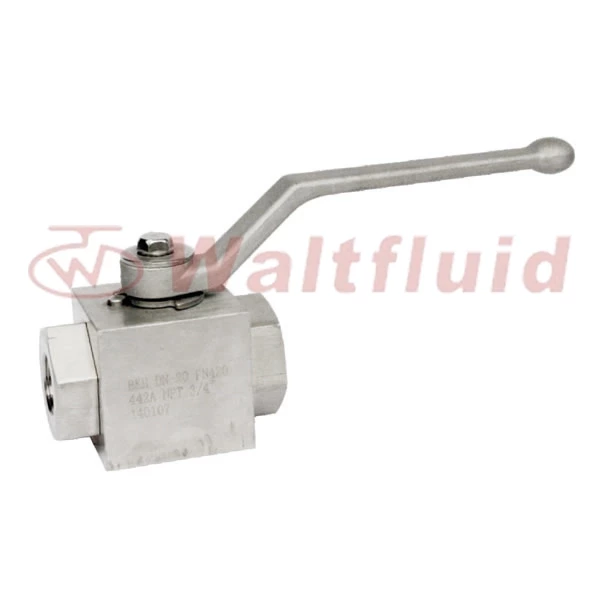
 English
English 中文
中文 Pусский
Pусский  Español
Español
